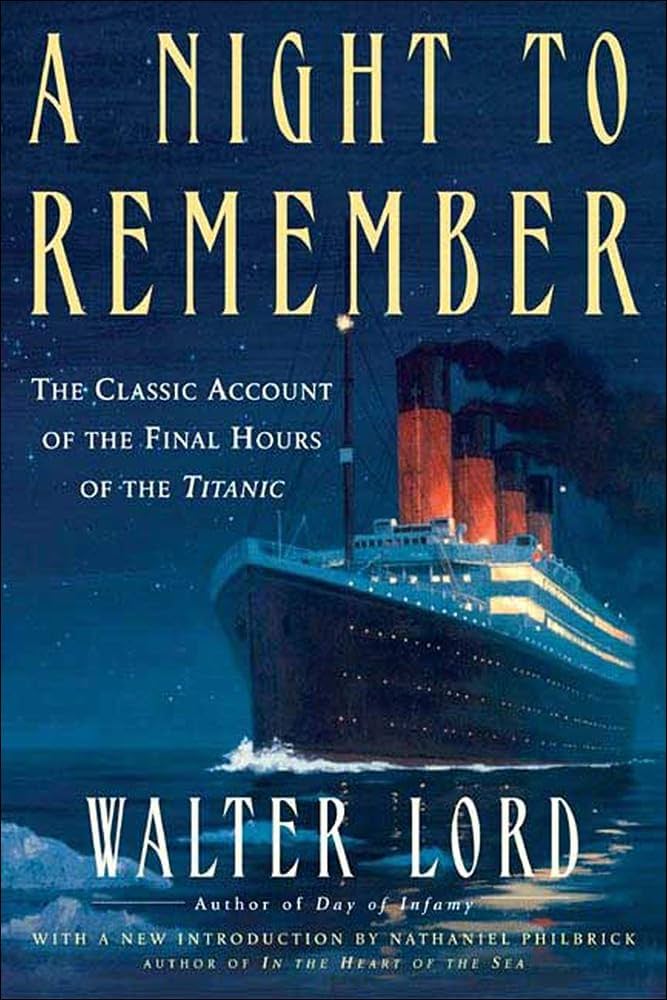In the dimly lit corridors of history,where echoes of the past resonate with both grandeur and despair,few tales capture the imagination quite like that of the ill-fated RMS Titanic. Walter Lord’s seminal work, A Night to Remember, serves as both a gripping narrative and a poignant reflection on human resilience and vulnerability in the face of catastrophic events.Through meticulous research and compelling storytelling, Lord immerses readers in the chaotic final hours aboard the Titanic, a ship that has come to symbolize the pinnacle of human ambition and the depths of tragedy.In this review, we will explore how Lord intricately weaves personal accounts and past detail, creating a tapestry that not only recounts the vessel’s sinking but also examines the profound complexities of human nature in times of crisis. As we journey through the pages of A Night to Remember, we are invited to reflect not only on the tragedy itself but also on the enduring lessons that resonate long after the echoes have faded.
Exploring the Historical Landscape of the Titanic’s Fateful Voyage
Walter Lord’s masterful narrative in “A Night to remember” takes readers on a poignant journey through the events leading up to the Titanic’s tragic fate. through a blend of meticulous research and compelling storytelling, Lord captures the essence of the ship and the people aboard, imbuing their stories with life. He delves into the *extravagance and innovation* that defined the Titanic, illustrating how it represented not just a marvel of engineering but a pinnacle of societal ambition.His exploration includes the voices of passengers and crew members,painting a vivid picture of those final moments,their hopes and dreams intertwined with the impending disaster.
As we delve deeper into the narrative, we find a series of stark contrasts, encapsulated in the personalities aboard the ill-fated vessel. Lord presents the multifaceted nature of human experience through a selection of figures, showcasing a range of responses to the unfolding chaos.Significant characters are characterized by their choices, revealing both heroism and despair amid the catastrophe. Below is a brief overview of a few key personas that emerge through the layers of this historical account:
| Passenger/Crew Member | Role | Significant Action |
|---|---|---|
| Captain Edward Smith | Captain | Ordered the ship’s speed to maintain schedule |
| Isidor Straus | Co-owner of Macy’s | Refused to leave his wife |
| Thomas andrews | Shipbuilder | Worked tirelessly to assist passengers |
This tapestry of human emotion reflects the broader questions of fate, class distinction, and moral choices faced during times of crisis. Lord’s work acts as a somber reminder of the resonant echoes of tragedy that continue to ripple through time, ensuring that the stories of those who perished—or fought for survival—are never forgotten.
Unraveling the Narrative Structure in A Night to Remember
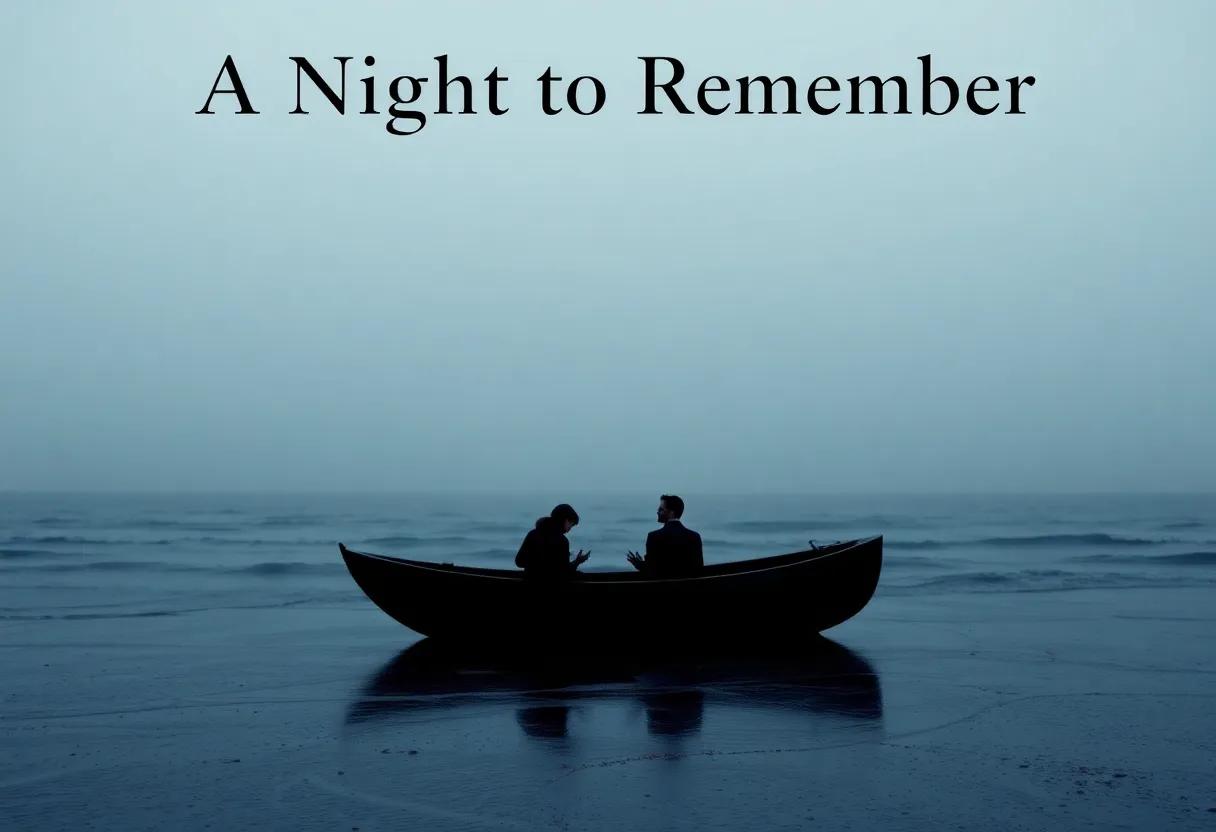
Walter Lord masterfully constructs the narrative of A night to Remember through a tapestry of intertwined personal stories, creating a rich panorama of human experience during a historical tragedy. By blending factual recounts with detailed character development, Lord enables readers to see the Titanic disaster through the eyes of its passengers and crew. The book’s non-linear structure invites readers to piece together the events as if they were part of the unfolding chaos. This technique effectively mirrors the confusion and panic during the sinking, adding layers of emotion to the journey of survival and despair faced by those aboard.
Each chapter is dedicated to different perspectives, allowing readers to engage with a variety of emotional responses, from courage to vulnerability.Key elements of Lord’s narrative technique include:
- Vivid character Portrayals: Personal stories are brought to life, making historical figures relatable.
- Clear chronological Markers: Despite the non-linear storytelling, key timelines guide the reader through the events of the fateful night.
- Shifts in Focus: The narrative frequently shifts viewpoint, emphasizing the collective human experience over individual plots.
Through this approach, Lord compels readers not only to witness the sequence of events but to resonate deeply with the shared fate of those on the Titanic. By doing so, he transforms a historical account into an emotional journey, making the tragedy echo in the hearts and minds of those who traverse the pages.
Characters Lost at Sea: Personal Stories Amidst the Tragedy

In Walter Lord’s poignant narrative, personal stories of those lost at sea remind us that each life extinguished in maritime tragedy carries with it a unique tale of hope, despair, and resilience. The Titanic, a marvel of modern engineering, became a vessel of heartbreak, where individuals faced their fates with varying degrees of courage and vulnerability. Among them, many stood out as symbols of the human experience, offering snapshots of life before the fateful voyage:
- Isidor Straus, the co-owner of Macy’s, who chose to stay aboard with his wife, despite the chaos around them.
- thomas Andrews, the ship’s architect, who was last seen urging others to evacuate, embodying selflessness in the face of disaster.
- Margaret Brown, affectionately known as “Molly,” who galvanized survivors and advocated for change post-tragedy.
Through their stories, the enormity of the loss becomes palpable, illustrating not only the tragedy of the event but also the depth of human connection. Lord’s exploration reveals the intricate tapestry of lives intertwined amid darkness, where every individual narrative serves to honor the memory of those who perished. A meticulous recounting of the chaos and confusion of that dreadful night,the signage of survival,and the haunting silence left by lost friends and family eventually leads to a table that tracks the familiar and the forgotten:
| Name | status | Notable Fact |
|---|---|---|
| Isidor Straus | Deceased | Refused to leave his wife behind |
| Thomas Andrews | Deceased | Last seen in the first-class smoking room |
| Margaret Brown | Survived | Active in rescue efforts after the sinking |
The Power of eyewitness Accounts in Evoking Emotion
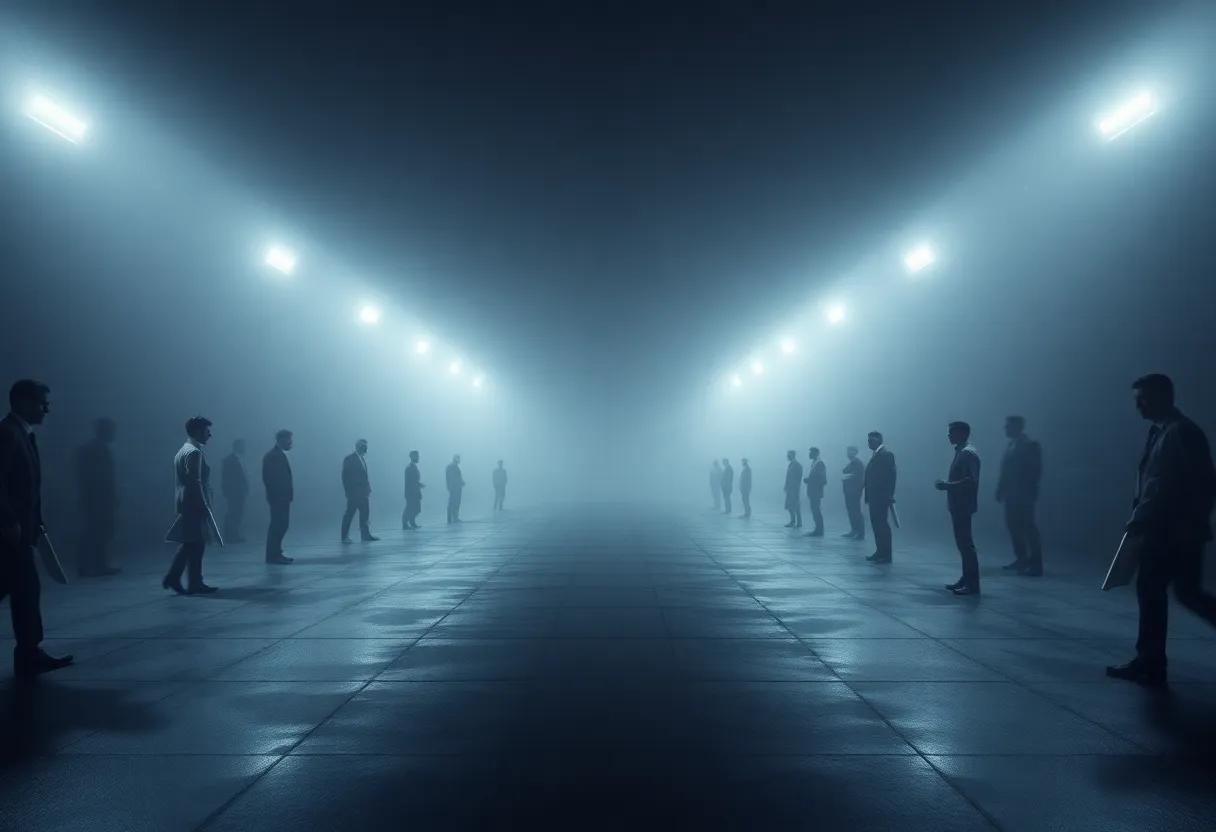
Eyewitness accounts possess a unique power to transcend time, providing an intimate window into the emotional landscapes of historical events. In Walter Lord’s *A night to Remember*, this effect is magnified as he meticulously weaves together testimonies from Titanic survivors. Thes firsthand narratives not only paint vivid scenes of the chaos and despair but also evoke a profound empathy in readers. The rawness of human emotion – fear, loss, and resilience – becomes palpable, allowing the audience to connect deeply with the individuals behind each story.It’s as if the echoes of their experiences resonate through the pages, reminding us of our shared humanity amidst tragedy.
Through carefully curated accounts, readers are invited to witness the multifaceted responses to the unfolding disaster. The book highlights various perspectives, illustrating the stark contrasts in personal experiences. As an example, a few key themes emerge within the eyewitness testimonies:
- Desperation: Many accounts reveal the frantic scramble for survival.
- Heroism: Stories of selflessness and bravery shine through.
- Grief: The deep sorrow of loss permeates numerous narratives.
This emotional tapestry crafts a narrative that is both compelling and haunting. Lord’s deft storytelling transforms mere facts into a resonant exploration of human emotion, making the historical event not just a footnote in time but a powerful reminder of the fragility of life.
Analysis of Tone and Language: Capturing the Era’s dread

Walter Lord’s A Night to Remember is a poignant exploration of the Titanic disaster, and its tone effectively captures the prevailing atmosphere of dread that permeated the era. The narrative employs a intentional juxtaposition of calm and chaos, illustrating how ordinary moments swiftly devolve into scenes of unimaginable tragedy. Through the use of vivid imagery and compelling dialogue, Lord immerses the reader into the icy depths of that fateful night, evoking a sense of foreboding that resonates long after the pages are turned. The choice of language plays a critical role, blending an almost journalistic precision with a narrative style that personalizes the tragedy, allowing readers to connect emotionally with the lost souls of the Titanic.
Key elements that enhance the tone include:
- Ominous Foreshadowing: Early warnings of danger are subtly woven into the narrative, heightening the sense of impending doom.
- Character Portrayal: Lord paints rich profiles of the passengers, making their fears and bravery palpable amid panic.
- Crisp Dialogue: Actual words spoken during the sinking serve to ground the story in reality and amplify its tragedy.
to further emphasize the era’s tone, consider the following table that highlights the dichotomy of calm versus chaos:
| Moment | Emotion |
|---|---|
| Setting Sail | Excitement |
| First Signs of Danger | anxiety |
| Evacuations | Panic |
| The Final Moments | Despair |
This careful manipulation of tone and language not only chronicles a pivotal historical event but also reflects the collective psyche of the 20th century, where hope clashed violently with tragedy, leaving a haunting legacy that echoes through time.
Comparative Context: Other Titanic Accounts and Their Impact
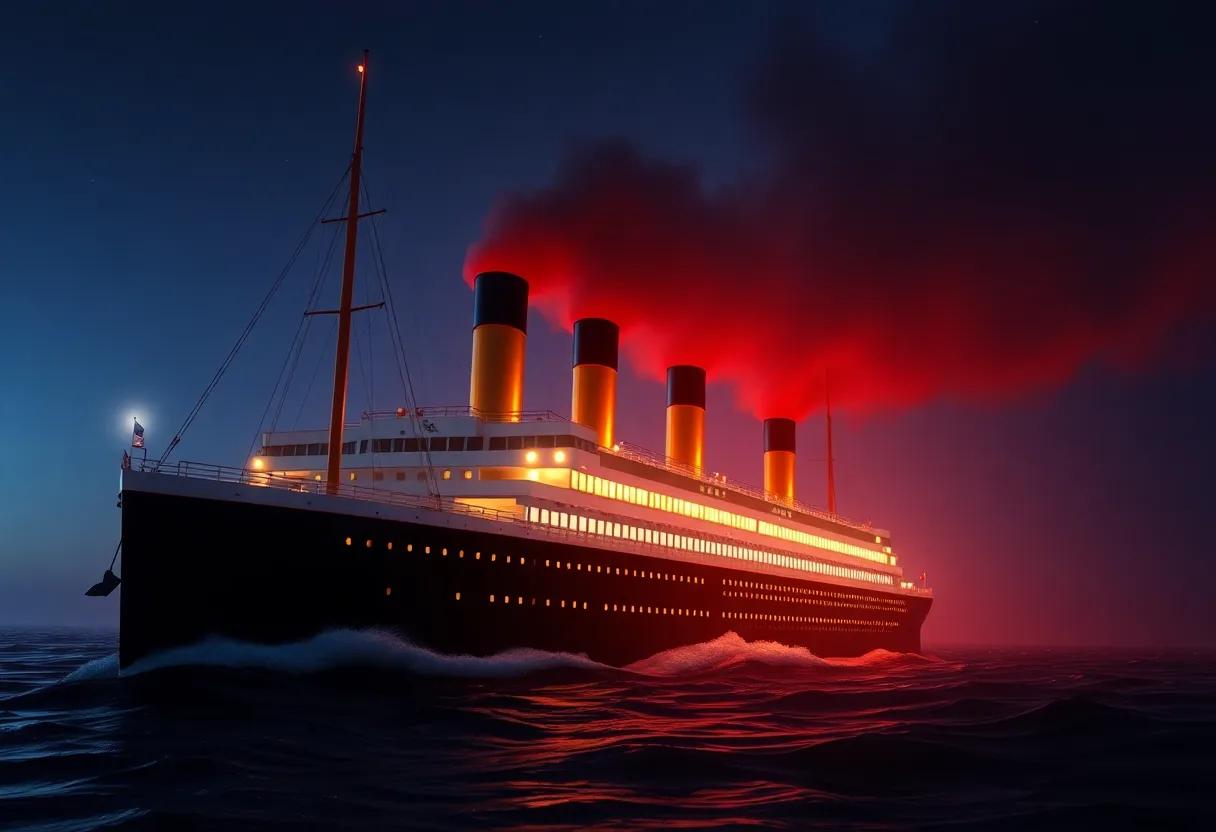
In examining Walter Lord’s ‘A Night to Remember,’ it’s essential to situate it within the broader landscape of titanic accounts that have emerged over the decades. Various narratives have attempted to capture the magnitude of this maritime catastrophe,with each offering unique perspectives that resonate differently with audiences. Lord’s meticulous research and storytelling effectively distill the chaos of that fateful night, yet it exists among a spectrum of representations, including James Cameron’s 1997 film, which reinterprets the tragedy through a romantic lens, and the memoirs of survivors, which provide intimate snapshots of fear and heroism. Each account plays a vital role in shaping public memory and understanding of the Titanic, contributing to an ongoing dialogue about human resilience amidst disaster.
The profound impact of these varied narratives can be highlighted through their distinct focus areas, which also include the tragedies of class disparity, the failures of interaction, and the heroism of individuals during the disaster. To illustrate the diversity of perspectives on this tragedy, consider the following table that outlines key themes and examples from notable titanic accounts:
| Account | Focus Theme |
|---|---|
| Walter lord’s ‘A Night to Remember’ | Chronological precision and survivor accounts |
| James Cameron’s ’Titanic’ | romantic narrative intertwined with tragedy |
| ‘A Survivor’s Story’ by Lawrence Beesley | Personal experience and reflections on survival |
| ‘The other Side of the Night’ by Helen Churchill candee | The perspective of a female passenger |
Visualizing the Disaster: The Role of Illustrations in the Book

In “A Night to Remember,” the narrative of the Titanic disaster is not only conveyed through Walter Lord’s eloquent prose but is also brought to life through a carefully curated selection of illustrations.These visual elements serve a dual purpose: to enhance the reader’s understanding of the event and to evoke the emotional depth of the catastrophe. The stark contrast between the grandeur of the ship and the grim reality of the sinking is effectively captured in these images, inviting readers to immerse themselves in the tragic history. Each illustration is a window into the past, offering a vivid portrayal of pivotal moments, such as the ship’s grand departure from Southampton or the chaotic evacuation on that fateful night.
Moreover, the illustrations meticulously complement the text, providing context that words alone may struggle to convey. They help to outline key elements of the disaster and present crucial data, such as the number of lifeboats available versus the number of guests onboard. This visual aid not only enriches the narrative but also allows readers to grasp the magnitude of the tragedy in a more tangible way. For instance, a simple table highlighting the survival rates across different classes of passengers could shed light on the societal implications at play:
| Passenger class | Total Passengers | Survivors | Survival Rate (%) |
|---|---|---|---|
| First Class | 329 | 202 | 61.5 |
| Second Class | 285 | 118 | 41.4 |
| Third Class | 710 | 186 | 26.2 |
Through such compelling visuals, Lord’s work transcends mere storytelling; it becomes a poignant reflection on human experience amidst tragedy. the careful selection of illustrations contributes to a profound understanding of the Titanic’s demise, leaving an indelible mark on the reader’s consciousness and ensuring that the echoes of this maritime disaster continue to resonate.
Themes of Humanity and Despair in Crisis Situations
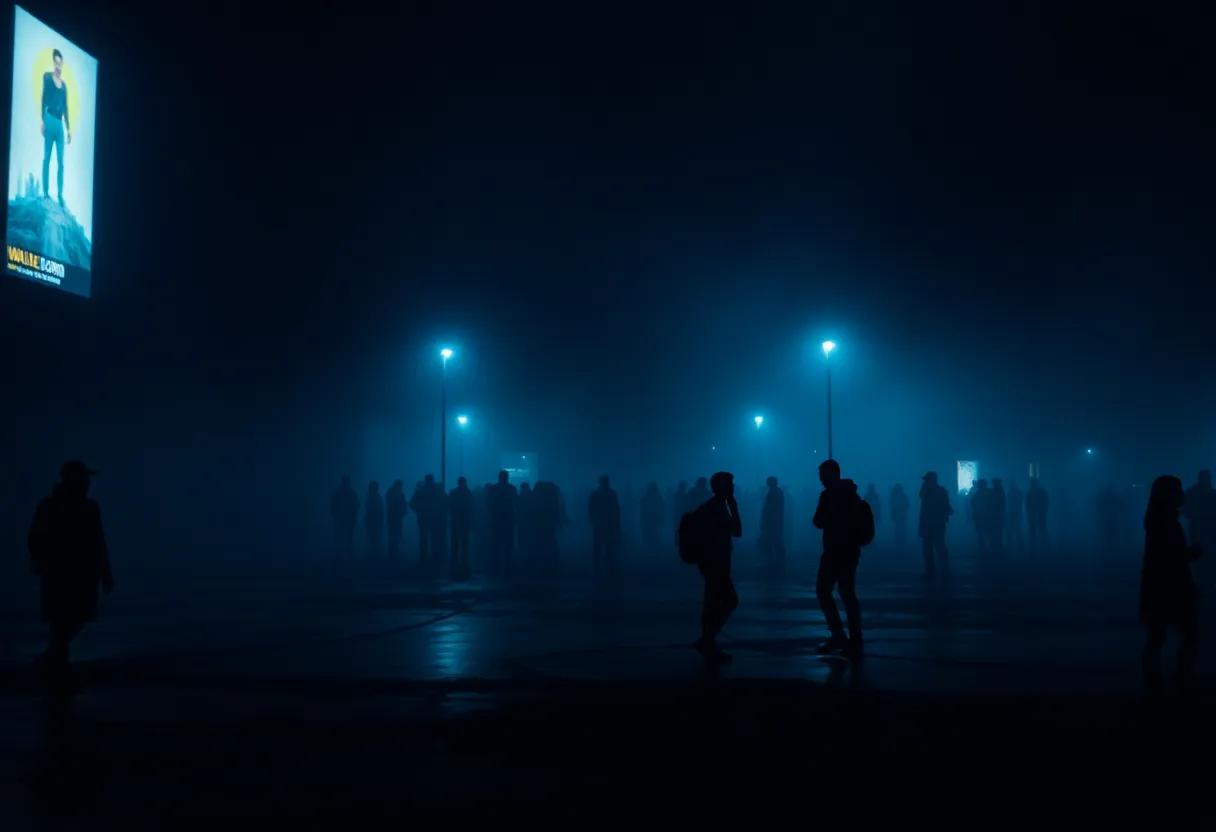
In Walter Lord’s poignant narrative, the interplay of humanity and despair illuminates the human condition in the face of an unspeakable tragedy. As the fateful night of the Titanic’s sinking unfolds, Lord vividly captures the spectrum of human responses, from courage to cowardice. Survivors’ accounts reveal a profound exploration of moral dilemmas; individuals must grapple with personal sacrifice and the instinct for self-preservation. Through harrowing testimonies, we witness the depth of human connection as strangers become allies amidst chaos, echoing the core reality of crisis situations: when faced with imminent danger, the essence of humanity is both uplifted and tested.
The juxtaposition of hope and bleakness is further underscored by the decisions made by both the passengers and crew. This duality manifests in the stories of those who chose to act with honor—like the band playing to comfort others—and those who succumbed to panic or selfishness. Key themes emerge from these narratives, highlighting the highs and lows of human spirit during crises:
| Humanity | Despair |
|---|---|
| Acts of bravery | Panic and chaos |
| Selflessness | Survival instincts |
| Community support | Isolation in trauma |
Through these narratives, Lord urges readers to reflect upon their own values when confronted with catastrophic events.By the end of the night, the question of what it truly means to be human becomes starkly articulated—amid despair, fragile bonds of courage remind us of the capacity for goodness, revealing that even in the darkest of times, there remain echoes of hope and resilience intertwined with our collective tragedy.
Walter Lord’s Research: A Deep dive into Historical Accuracy

Walter Lord’s meticulous research serves as the backbone of “A Night to Remember,” a work that not only recounts the tragic events of the Titanic disaster but also delves into the intricate human experiences during that fateful night. Lord’s commitment to historical accuracy is evident in his approach, as he spent years poring over naval records, personal accounts, and survivor testimonies to capture the essence of each individual’s experience. His attention to detail is reflected in the way he weaves together the narrative, allowing readers to grasp the chaotic atmosphere as the ship met its demise.
Among the key elements Lord emphasized in his research were the following aspects of the Titanic’s tragedy:
- Eyewitness Accounts: Lord interviewed numerous survivors, ensuring that their voices were authentically represented.
- Ship’s Design and Safety Features: He explored the flaws in the ship’s design that contributed to its sinking, providing crucial context.
- Social Dynamics: The interactions between different classes on board were carefully analyzed to showcase the societal stratifications of the era.
To summarize his findings, consider the following table, which captures the essence of his comprehensive research:
| Aspect | Description |
|---|---|
| Survivor Stories | personal accounts highlighting diverse experiences during the sinking. |
| Design Flaws | Analysis of structural weaknesses that led to rapid flooding. |
| Class Divide | Insights into how social hierarchy influenced survival chances. |
Engaging the Reader: The Book’s Compelling Writing Style

Walter Lord masterfully weaves a narrative that captures the essence of human experience amidst the chaos of tragedy. His prose is not only informative but also immersive, pulling readers into the heart of the Titanic’s final hours. with vivid imagery and heartfelt descriptions, he paints an emotional landscape that allows one to feel the terror and desperation of that fateful night. Each character is etched with precision, their stories interlaced in a manner that enhances the overall poignancy of the historical event.
One of the most striking elements of Lord’s writing is his ability to harness empathetic storytelling. He employs a technique of alternating perspectives, which keeps the momentum alive while deepening the reader’s understanding of individual experiences.This approach brings forth the multifaceted nature of the tragedy, showcasing the courage and cowardice of passengers and crew alike. To illustrate this, consider the following key figures whose stories are entwined within the narrative:
| Character | Role | Significance |
|---|---|---|
| Captain Edward Smith | Commander of the Titanic | Embodied the burden of leadership under duress |
| John Jacob Astor IV | Wealthy businessman | Symbolized the facade of security that wealth brings |
| Molly Brown | Socialite and philanthropist | Demonstrated heroism and fortitude in a crisis |
Through such dynamic storytelling, Lord not only recounts the events but also evokes a profound emotional response, challenging readers to reflect on the fragility of life. The compelling style transforms what could have been a mere historical account into a rich, emotional experience that resonates across generations.
Critical Reception Over Time: How the Book Changed perspectives
Since its first publication in 1955, Walter Lord’s *A Night to Remember* has captured the hearts and minds of readers, reshaping the narrative surrounding the Titanic tragedy.Initially, the book was celebrated for its meticulous research and vivid storytelling, offering a detailed account that challenged existing perceptions of the infamous sinking. many readers were struck by Lord’s ability to humanize those involved, moving beyond mere statistics to present a range of personal stories.This shift in focus allowed the audience to cultivate a deeper emotional connection to the event, ultimately transforming it from a historical disaster into a poignant exploration of human courage, despair, and resilience.
Over the decades, critical reception of the book has evolved, reflecting broader cultural fascinations with the Titanic myth. Scholars and critics have noted how Lord’s narrative techniques influenced future works about the tragedy, paving the way for a rich tapestry of adaptations in literature, film, and other mediums.Reviews now often highlight the enduring relevance of the book, particularly in how it emphasizes themes of social class and humanity in the face of catastrophe. Many modern interpretations and analyses cite Lord’s influence, showcasing his role in not just recounting an event, but in forging a symbolic understanding of loss and heroism that resonates to this day.
Legacy of A Night to Remember in Popular Culture

The enduring impact of Walter Lord’s ’A Night to Remember’ extends far beyond its initial publication, resonating through various facets of popular culture. This compelling narrative of the Titanic disaster has inspired a plethora of adaptations, ensuring that the tragedy remains etched in collective memory. Notable cultural echoes include:
- film adaptations, most prominently the 1958 movie which brought Lord’s vivid storytelling to the silver screen.
- Television documentaries that delve into the intricate details of the Titanic’s voyage and its poignant end.
- Literature that borrows from Lord’s meticulous research, reaffirming the importance of historical accuracy in retelling the past.
The book’s influence also extends into modern media, with numerous references in music, art, and even social media discussions. Lord’s exploration of human behavior during crises offers a framework for understanding how individuals react under pressure, a theme that resonates with contemporary audiences. Some significant cultural references include:
| Medium | Reference |
|---|---|
| Film | James Cameron’s Titanic (1997) drew inspiration from historians, including Lord. |
| Music | Numerous songs reference the Titanic disaster, echoing themes of love and loss. |
| Literature | Modern novels often incorporate Titanic lore, highlighting its cultural significance. |
why every History Enthusiast Should Read This Book
Walter Lord’s “A Night to Remember” stands as a pivotal work for anyone with a passion for history, particularly the events surrounding the Titanic disaster. It’s not just a retelling of a tragic story; it’s a meticulous reconstruction of a moment in time. Lord’s thorough research allows readers to immerse themselves in the lives and decisions of real individuals aboard the ship. The use of survivor interviews and primary accounts creates a vivid tapestry of human experience, demonstrating how ordinary people faced extraordinary circumstances. Reading this book is akin to boarding the ship yourself, witnessing its grandeur and the depth of emotion when it meets its fate.
Moreover, this narrative is enriched by Lord’s captivating writing style, which draws readers in as if they are part of the unfolding drama. Crucial themes emerge throughout the text, including bravery, hubris, and the unpredictability of fate. By illustrating key events with precision, Lord encourages critical thinking about historical interpretation and the consequences of negligence.To enhance your understanding, consider the following points:
- Human Resilience: Dive deep into how individuals reacted during chaos.
- Social Class Dynamics: Explore the disparities in survival based on class and privilege.
- Technological Hubris: Reflect on the overconfidence in modern engineering.
| Key Themes | Description |
|---|---|
| Bravery | The courage displayed by crew and passengers alike. |
| Negligence | The blind spots of the ship’s design and oversight. |
| Memory | The importance of remembering the past to prevent future mistakes. |
Walter Lord: The Master Storyteller Behind A Night to remember
Walter Lord is often hailed as the master storyteller whose narrative prowess transformed historical tragedy into an engaging and relatable tale. In A Night to Remember,Lord meticulously reconstructs the events of the Titanic’s ill-fated maiden voyage,allowing readers to immerse themselves in the emotions and experiences of those on board. His extensive research and interviews breathe life into the historical figures, from the determined captain to the hopeful passengers, creating a vivid tapestry of voices that echo through time. The seamless blend of fact and fine storytelling delivers not just a recounting of events but also a profound reflection on human nature in the face of disaster.
Lord’s ability to distill complex events into a gripping narrative is further enhanced by his use of multiple perspectives, which adds depth and richness to the story. He captures moments of bravery, panic, and despair, providing a holistic view of the tragedy. Key elements that contribute to his storytelling success include:
- Dramatic pacing: The narrative tension builds as the disaster unfolds,keeping readers on the edge of their seats.
- Character development: Each individual’s story is thoughtfully crafted, making them relatable and memorable.
- Emotional resonance: Lord delves into the psyche of his characters, evoking empathy and reflection.
| Element | Description |
|---|---|
| Perspective | Multiple viewpoints enhance engagement |
| Research | Thorough, ensuring accuracy and authenticity |
| Engagement | Reads like a gripping novel, not a dry history |
In Retrospect
In closing, “A Night to Remember” by Walter Lord stands as a poignant reflection on one of history’s most infamous maritime tragedies. With meticulous attention to detail and a narrative that respects both the lives lost and the heroes forged in the icy depths, Lord invites readers to not only witness the catastrophic events but to connect emotionally with those who experienced them.As we turn the final page, we are left with echoes of bravery, despair, and resilience reverberating through the annals of time. This review seeks to illuminate the profound impact of Lord’s work,urging us to remember both the personal stories intertwined with this disaster and the lessons they impart. Ultimately, ”A Night to remember” is more than a retelling; it is indeed a reminder of our shared humanity in the face of unimaginable circumstances—a timeless narrative that resonates as powerfully today as it did upon its release.

